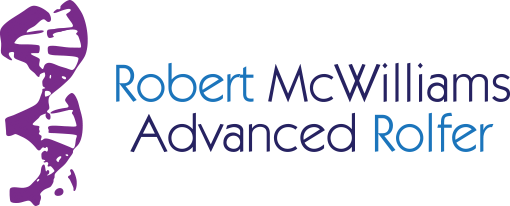
Sustainability and Rolfing® Structural Integration
The world faces an energy crisis: an exploding world population; increasing demand for electricity and automobiles, and dwindling, noxious fossil fuel resources. Aside from developing renewable energy sources, like wind and solar, energy savings through conservation and efficiency measures could be a key part of the solution. Systems can be analyzed, streamlined and improved. This is the goal of the Rolfer™: to improve your human movement system through analysis of gait, breath, posture, muscle tone; to “streamline” it by easing restrictions in the fascia to allow ‘glide’ between parts; to help you better ‘differentiate’ and articulate your joints, in motion, to gain improved leverage and spread the work of a movement through your entire body. A system that moves more efficiently uses less energy to accomplish the same tasks. Conserving energy also preserves the health of the organism-in addition to bringing an evident sense of ease and calm to a person.
Would it not be great if scientists could use Rolfing Structural Integration as a ‘systems theory’ model for increasing energy efficiency-by enhancing glide; improving structural expansive balance and “span”; seeing ‘support’ as a dynamic, responsive, aware, yielding principle, or finding ways to increase an articulated ‘variability’ of subsystem response to movement and stress ( also a hallmark of the body-like a healthy heart, for instance.) In this and other ways, the human body, and the way that a sensitive, educated Rolfer, and Rolf Movement® therapist interacts and works with it, could have a lot to offer scientists looking for a fresh point of view on energy conservation, in my opinion.
